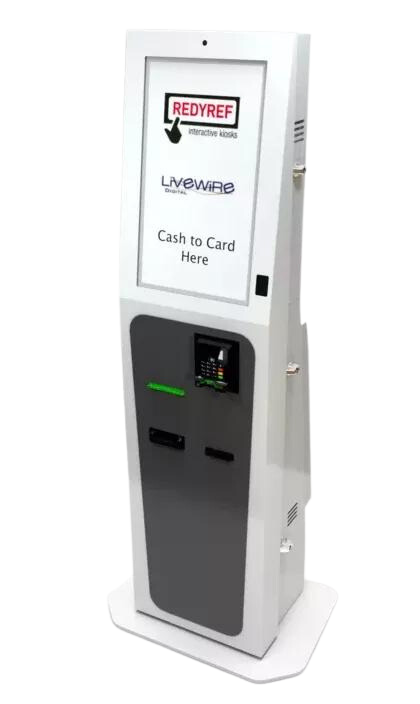Automated Teller Machines (ATMs) have a long history, evolving from simple cash dispensers to sophisticated devices facilitating a wide array of financial transactions. One of the latest advancements in this journey is the introduction of reverse ATM functionalities, marking a significant shift in how individuals interact with them.
The Birth of ATMs: A Cash-Dispensing Revolution
ATMs were first introduced in the late 1960s, with the first installation at Barclays Bank in London in 1967. Early ATMs were primarily cash dispensers, allowing customers to withdraw a set amount of money using a plastic card and a personal identification number (PIN). This innovation revolutionized banking by providing a convenient alternative to in-branch transactions.
As technology advanced, so did the capabilities of ATMs. In the 1980s and 1990s, banks started introducing basic transactional features such as balance inquiries and fund transfers between accounts. These enhancements aimed to offer customers greater control over their finances while reducing the need for visits to brick-and-mortar branches. The late 20th century witnessed the incorporation of multimedia elements, including color screens and audio instructions, improving accessibility for users with varying needs. Simultaneously, advancements in encryption and security measures became paramount to protect users from fraud and unauthorized access.
The 21st century ushered in a new era of ATMs that embraced digital advancements. Deposit-taking ATMs emerged, allowing customers to insert cash and checks directly into the machine without the need for an envelope. This innovation aimed to streamline the deposit process, making it more efficient for users.
Reverse ATM Functionalities: Redefining Cash Transactions
The latest chapter in the evolution of ATMs involves the integration of reverse functionalities. Unlike traditional ATMs that dispense cash, reverse ATMs allow users to deposit cash and in return, receive digital currency, i.e. a prepaid debit card, extending the self-service capabilities of these machines. This shift addresses the changing dynamics of consumer behavior and the need for more versatile banking solutions. These cards can be used anywhere the card type is accepted, from restaurants to retail stores.

The Future of ATMs: A Convergence of Technologies
Looking ahead, the evolution of ATMs is likely to continue, with advancements in technology playing a pivotal role. The integration of artificial intelligence, blockchain, and contactless technologies may further redefine the user experience, making transactions even more seamless and secure. These advances reflect the ongoing efforts of the banking industry to meet the changing needs of consumers. As these machines continue to adapt, they will remain a cornerstone of modern banking, providing users with convenient and efficient options to access financial services. The introduction of reverse ATM functionalities is just one more chapter in the their journey, with more exciting changes yet to come.
Considering a Reverse ATM for your business? As a top kiosk manufacturer, REDYREF has a range of cash to card and reverse ATM kiosks available to meet almost any need. Contact us today to learn more!

